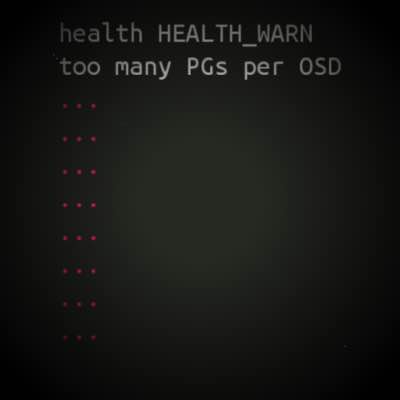
Use RBD device to provide persistent storage to your containers.
This work was initiated by a colleague of mine Huamin Chen.
I would like to take the opportunity to thank him for the troubleshooting session we had.
Having the ability to use persistent volume for your containers is critical, containers can be ephemeral since they are immutable.
If they did on a machine they can be bootstrapped on another host without any problem.
The only problem here is we need to ensure that somehow the data that come with this container will follow it no matter where it goes.
This is exactly what we want to achieve with this implementation.
Read On...

People have been having trouble to map a RBD device in a container.
Quick tip on how to map a Rados Block Device into a container.
Read On...

Almost two years have passed since my first attempt to run Ceph inside Docker.
Time has elapsed and I haven’t really got the time to resume this work until recently.
For the last couple of months, I have been devoting a third part of my time to contributing on deploying Ceph in Docker.
Before we start, I would like to highlight that nothing of this work would have been possible without the help of Seán C. McCord.
Indeed the current ceph-docker repository is based on Seán’s initial work.
Let’s see how you can get this running!
Read On...

As part of my work on ceph-docker, I have been playing a bit with Kubernetes.
As a first exercise, I thought it would be interesting to run my Ceph monitors with Kubernetes.
Let’s see how we can achieve that.
Read On...

It is possible to attach readonly volume to a virtual machine.
Read On...

RBD readahead was introduced with Giant.
Read On...

Quick tip.
Simply check the diff between the applied configuration in your ceph.conf and the default values on an OSD.
Read On...
Date: 19/05/2015
Video:
Slides:
Download the slides here.
Read On...

This feature is pretty old (introduced in the Havana cycle if I remember correctly), I just never got the chance to play with it.
However I believe this feature could benefit to many users.
Let’s see how we can get the best of it.
Read On...








